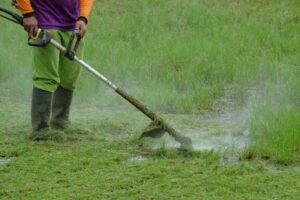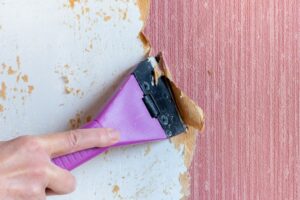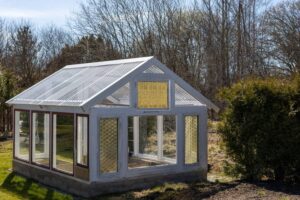Termites are small and destructive insects that can wreak havoc on your home’s structure. They are also called “the silent destroyers,” and they feed on cellulose, which is found in wood and other plant-based products. That’s exactly why they attack wood surfaces and structures in your home. If you’re not careful, termites will cause a lot of damage before you even realize they have invaded your property. In order to prevent any damage that they can cause, we have to understand the things and factors that attract them.
In this article, we wanted to compile a list of the 8 most common things that can attract termites to your home and show you tips on how to keep them at bay. If you’re interested in finding out more, keep on reading!
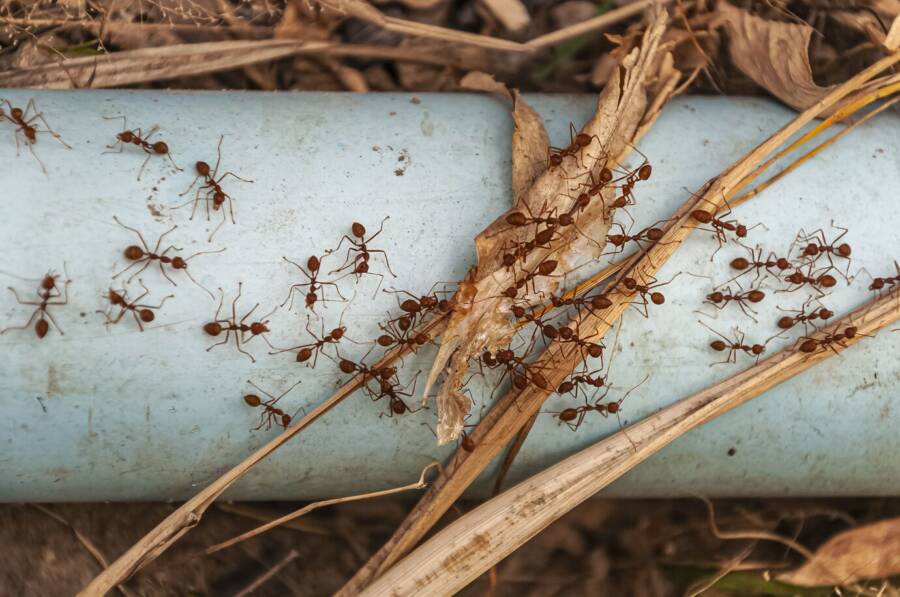
1. Storing Wood and Lumber Next to Your House
Storing wood or lumber next to your house is basically an open invitation for termites. These materials are full of cellulose, which termites love to feed on, and storing them in close proximity to your house brings these insects very close to the foundation and structure that you are trying to protect.
Instead, you should store wood and lumber at a distance of at least 20 feet away from your home and off the ground, preferably on some type of racks. You should also keep your materials dry by covering them with a tarp because damp wood can attract termites even more than dry wood.
2. Don’t Use Wood Mulch in Your Garden
Wood mulch is used a lot in landscaping, especially in gardens, because it gives your space a more natural aesthetic. However, when you pile mulch next to the foundation of your house, it can trap a lot of moisture and create a perfect environment to attract termites. As time passes and mulch decomposes, it releases cellulose, which these tiny insects find irresistible.
Instead of using wood mulch, you can try to use termite-resistant options, such as gravel, rubber mulch, or even crushed stones, to reduce the risk of termite infestation. If you prefer to use wood mulch, keep it at least 15 inches away from the foundation of your home and don’t pile it too high.
3. Avoid Wood-to-Ground Contact
As we already said, wood is the prime source of food for termites. When wood is in direct contact with the ground, it creates a perfect access point for these tiny insects to infiltrate your home. Termites thrive in moisture and warmth, both which are found in the soil, and when wood is placed directly on the ground, it can absorb moisture, making it the perfect environment to attract termites.
Make sure that any wood structures that can come in contact with soil, are slightly elevated. Use concrete or stone foundations to separate wood from the ground. If you have wooden deck posts or fence posts, you should replace them with metal or pressure-treated wood, which are less likely to attract termites.
4. Cracks and Gaps in Your Home
Termites can enter through even the tiniest gaps and cracks in the exterior of your house. These gaps are usually found around windows, doors, utility pipes, and vents. Even the tiniest hole can allow the termites to invade your home, so you should be really careful and try to close these spaces.
You should inspect the exterior of your house regularly and make sure there are no cracks and gaps. Seal any spaces shut with caulk or weatherstripping to block termites from invading. You should also pay special attention to areas around windows, doors, and pipes because these are common entry points for these insects.
5. Trees and Shrubs Near the Home
Trees and shrubs with damaged or decaying wood can attract termites. If a tree near your home falls or gets too close to your house, it might create a bridge for termites to move from the tree to the foundation of your home. Root systems that go underneath your foundation can also be a hidden access point for these insects.
You should trim the trees and shrubs often, and remove any dead or decaying wood near your house. Make sure to keep trees at least 10 to 20 feet away from any wood structures, especially if the roots go near the foundations. Moreover, you should consider relocating or removing any large trees near your house if they show signs of decay or damage.
6. Old, Damaged Wood
If your home has old, damaged wood that is deteriorating or rotting, it might become the prime food source for these insects. Wood that is already damaged from age, weather, or previous insect infestations is more likely to attract termites. This includes even the wood doors, windows, or any wooden trims.
To make sure everything is under control, you should repair or replace any rotting or damaged wood in and around your home. Check these wooden structures on a regular basis to make sure that they are in good condition so they don’t attract termites.
7. Moisture Issues and Leaks
Termites are particularly attracted to places in your home that have excess moisture. Leaky pipes, faulty gutters, and areas that have bad drainage can create ideal conditions for termites to thrive in. Damp wood is easier for termites to break down, and moist environments can help them multiply even faster. Areas that have poor ventilation, such as crawl spaces, basements, and attics, can also trap moisture and attract termites.
You should always check your house regularly to make sure that there are no leaky pipes or faucets, and if there are any, you should repair them immediately. Make sure that your gutters are working properly and are diverting water away from your house. Keep crawl spaces and basements well ventilated. If you choose to install dehumidifiers, it can help you keep the moisture levels low.
8. You Don’t Have Any Termite Prevention Measures
One of the most common reasons why houses attract termites is simply the lack of preventive measures. Homes that have not been treated for termites or don’t have any protective barriers are more likely to suffer from infestation. Without regular inspections and some pest control treatments, termites can be undetected for really long periods and can cause a lot of damage to the structure of your home.
You should have regular termite inspections by a professional pest control service to catch any signs of infestation early. Consider treating your home with a preventive termite barrier. These treatments can create an invisible shield around your property that will keep termites at bay. If you’re building a new home, speak with a contractor about using termite-resistant materials and foundation treatments.
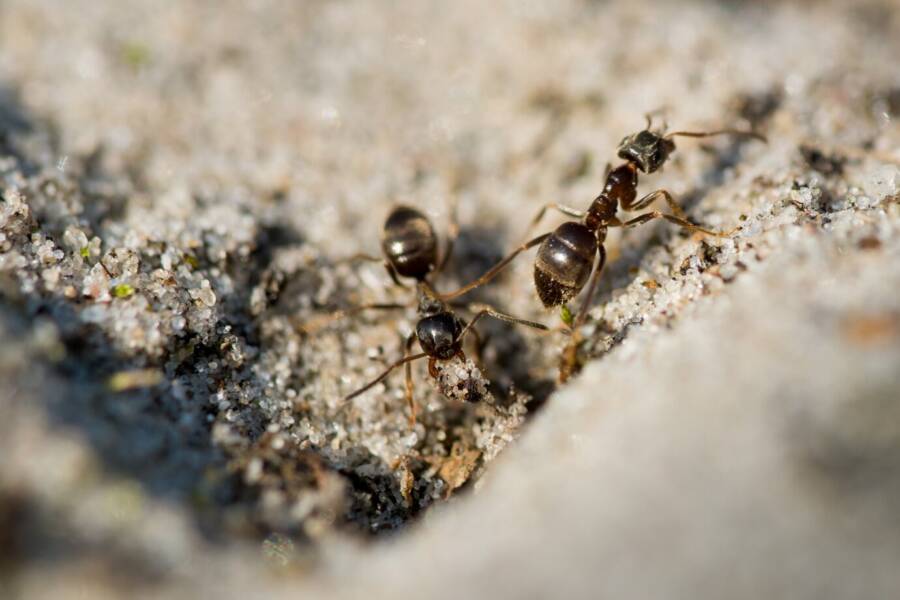
What to Do If You Get a Termite Invasion?
Even if you took care and followed all the steps that we presented, you might get a termite invasion at some point. But what should you do if that happens? Well, there are a few methods that can get rid of these tiny insects. To start with, if you discover that your house is infested with termites, you should not panic, and instead, you should act as fast as possible to minimize the damage as much as possible. Contact a professional pest control service immediately because they can give solutions based on your situation. They will inspect your home thoroughly and determine the extent of the infestation.
Once the infestation is confirmed, a licensed pest control expert will recommend a treatment plan. Some common methods are liquid termiticides, bait systems, or fumigation, depending on how bad the infestation is. These treatments can get rid of termites and help prevent future problems.
If you have a slight problem with pest control, you can try to use these insect traps that we highly recommend!
Read also: 7 Clever Hacks With Aluminum Foil



